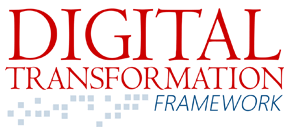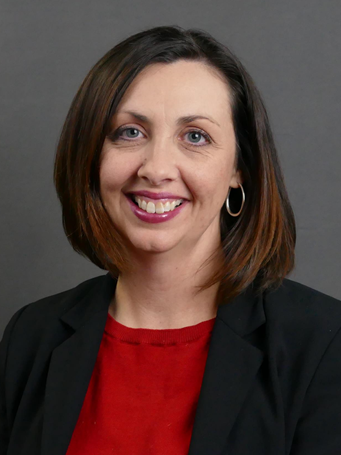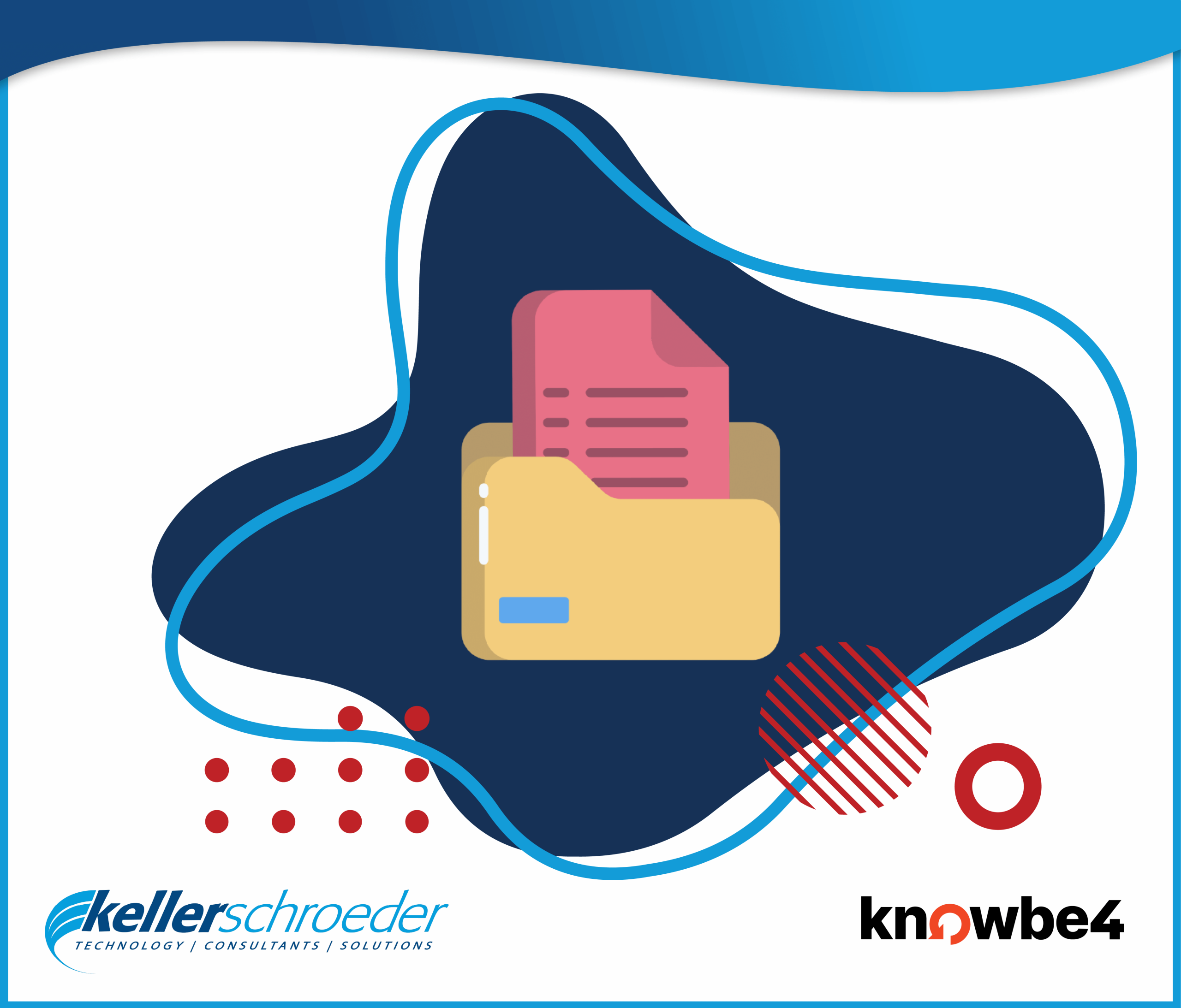Just as birds migrate from areas of decreasing resources to areas of increasing resources that support their viability, so too should your applications.

It is that time of year when we transition into cooler temperatures, and I have noticed the sounds of geese honking in their V formation across the sky as they migrate to the south for the winter. Birds migrate from areas of low or decreasing resources to areas of high or increasing resources that support their viability. The same should be true for your applications.
Migration in the context of this article is moving your business functions away from one application or platform to another. Migration is a tenet in our Digital Transformation Framework. We define digital transformation as “the commitment of an organization to consistently improve business performance through the use of technology as a strategic asset.” Assets depreciate over time and provide decreasing value, so at some point, the decision must be made to replace an asset with one of higher or increasing benefits. The key is being strategic about when the value from the current asset has diminished enough to warrant the investment in migration.
Ideally, applications should streamline your business processes while allowing you to grow and innovate. When your application is restricting your potential or putting your organization at risk, it’s time to move on to an application that can yield higher benefits. The requests I have received for application migration are trending upward in the last three years. It may be time to consider migrating your current application if you answer yes to any of the following questions:
- Is the current application no longer supported or causing other areas to not be upgraded, resulting in security concerns?
- We have several clients who have built home grown Windows applications over 20+ years in VB 6 or other programming languages. These custom applications have served them very well, but this technology stack is now preventing them from staying on the latest Windows and SQL releases. This inability to update may cause security risks and this risk likely outweighs the value being provided.
- Is your application unable to scale and therefore limiting your growth?
- We have seen several clients who have built fully functioning Access or Excel applications that they have used for years as an essential line of business system. However, as their businesses have grown and evolved, the application platform has proven unable to scale and grow with them. These lightweight application platforms may work well when you have 1-2 users and a manageable amount of data but as users and the size of the data increase these applications do not scale accordingly. The value has diminished with growth.
- Does your application cause inefficient processes, which are reducing your capacity?
- In some cases, organizations would like to update their business process to be more efficient, but the application may not support these updates, or the necessary manual work-around required due to the limited capabilities of the software may cause inefficiencies. The value of the application has decreased over time as workarounds have increased and efficiency has decreased.
When these scenarios occur, a migration is likely necessary. The solution may be to migrate to a packaged software that provides the necessary functionality. A lot of the time, the answer is to continue down the custom path and migrate the functionality to a modern technology stack. For more information about when to customize, review this article by my colleague, Kim Lemond.
Some important items to consider when selecting the best solution are as follows:
- Will the new solution scale and grow along with my business?
- Will the new solution provide the opportunity for innovation and security and accessibility enhancements?
- What is the anticipated lifespan of the new application?
- Will the new solution support our ideal business processes?
- Will the application provide additional benefits over the current package?
Just as the birds’ migrations are cyclical, so too are application migrations. Remember, these applications are strategic assets and as soon as new ones are implemented, the depreciation cycle starts again. Digital Transformation is a consistent focus that never ends. It is important to identify, prioritize, implement, and manage your transformational initiatives in a continuous cycle. The goal of the Migration tenet is to implement a solution that will provide the highest value for the longest amount of time or for the appropriate duration of the investment.
Birds’ migration journeys are filled with challenges from predators, endurance woes, and unexpected obstacles. The same is true with application migrations. It is not something to take lightly. Planning, patience, and endurance are necessary for success. It takes several months to years – not weeks – to complete these migrations. These projects require cross-functional teams and significant analysis and planning before a path is selected and the implementation process can begin. However, the benefits on the other side of a completed migration are essential and abundant. Just as the birds find the necessary resources for life at the end of the migration journey, your applications and business processes should find the same. Increased efficiency, innovation, and scalability should be the highlights under a solid, secure, robust foundation to sustain your business and its processes into the future.
Read more about the Migration tenet in our Digital Transformation Framework here, or refer below to download your complimentary copy.

Keller Schroeder’s Digital Transformation Framework includes tenets to help you identify, prioritize, execute, and learn from transformational initiatives to better prepare you for the next disruption – whatever it may be! Click here to download your complimentary copy.
Think Digital. Embrace Clarity. Increase Advantage.
Written By:

Carrie Rudolph
Director, Microsoft Applications
Keller Schroeder




